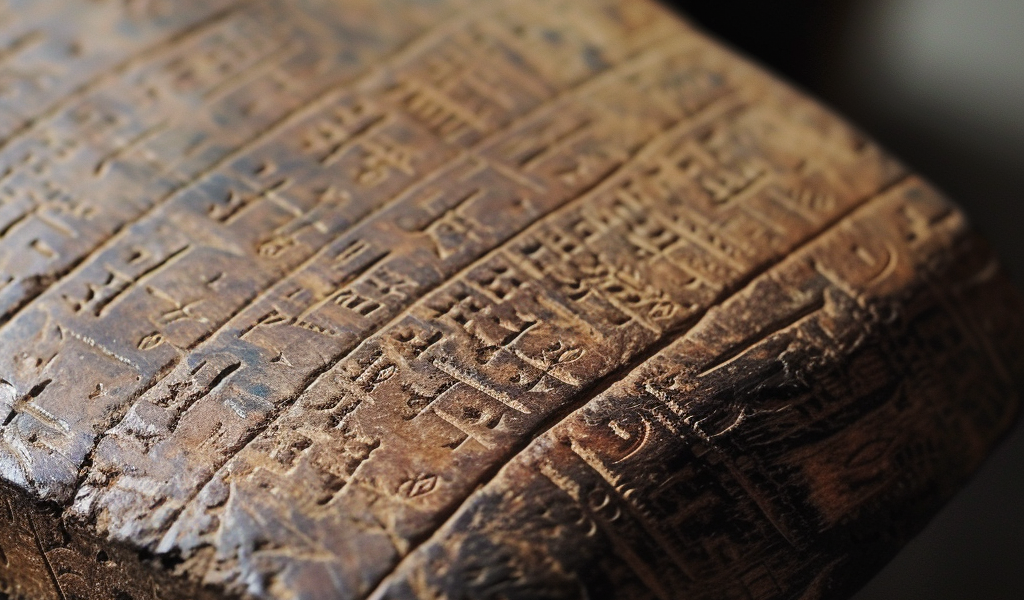The Invention of Writing on Rapa Nui (Easter Island): New Radiocarbon Dates on the Rongorongo Script
By Lexi Mural
Rapa Nui, also known as Easter Island, holds a mysterious script engraved on fewer than 30 wooden objects, known as the Rongorongo script, which remains undeciphered. The origins of this script have been a subject of obscurity, particularly whether it was invented before the arrival of European travelers in the eighteenth century AD. The direct radiocarbon dating of the wood plays a crucial role in understanding the timeline of the script’s invention.
Previously, only two tablets were directly dated, placing them in the nineteenth century AD, which did not provide a definitive answer regarding independent invention. However, new radiocarbon dating of four Rongorongo tablets preserved in Rome, Italy, has shed light on this mystery. One specimen yielded a unique and secure mid-fifteenth century date, while the others fall within the nineteenth century AD. These results suggest that the use of the script could be placed to a horizon that predates the arrival of external influence, indicating the potential for independent invention.
Rapa Nui, located in the Pacific Ocean, was settled by humans between 1150 and 1280 AD. The island’s history includes a gradual process of deforestation and ecological changes, with the arrival of European visitors bringing further upheaval, including raiding, kidnapping, and epidemics that decimated the population. By the end of the nineteenth century, much of the traditional culture of Rapa Nui was lost.





